Formula CaF2 Molar mass 78.07 g/mol Density 3.18 g/cm³ | IUPAC ID Calcium difluoride Melting point 1,418 °C Boiling point 2,533 °C | |
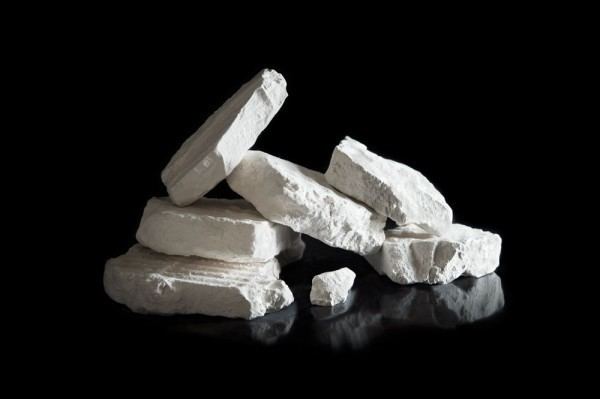 | ||
Appearance White crystalline solid (single crystals are transparent) | ||
This is how the ionic bond forms in calcium fluoride caf2
Calcium fluoride is the inorganic compound with the formula CaF2. It is a white insoluble solid. It occurs as the mineral fluorite (also called fluorspar), which is often deeply coloured owing to impurities.
Contents
- This is how the ionic bond forms in calcium fluoride caf2
- Chemical structure
- Preparation
- Applications
- Niche uses
- Safety
- References
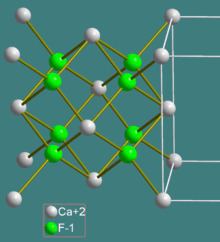
Chemical structure
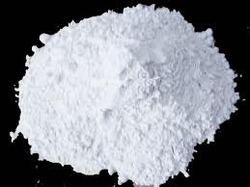
The compound crystallizes in a cubic motif called a fluorite structure. Ca2+ centres are eight-coordinate, being centered in a "box" for eight F− centres. Each F− centre is coordinated to four Ca2+ centres. Although perfectly packed crystalline samples are colorless, the mineral is often deeply colored due to the presence of F-centers.
Preparation
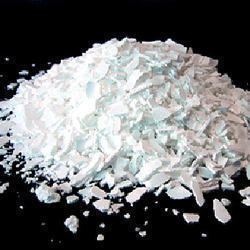
The mineral fluorite is abundant, widespread, and mainly of interest as a precursor to HF. Thus, little motivation exists for the industrial production of CaF2. High purity CaF2 is produced by treating calcium carbonate with hydrofluoric acid:
CaCO3 + 2 HF → CaF2 + CO2 + H2OApplications
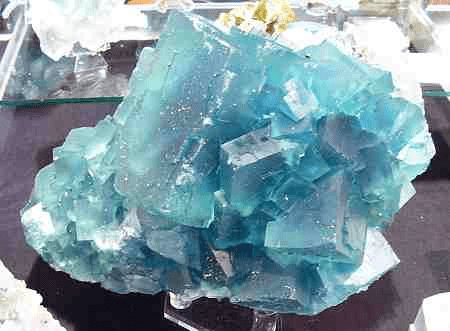
Naturally occurring CaF2 is the principal source of hydrogen fluoride, a commodity chemical used to produce a wide range of materials. Calcium fluoride in the fluorite state is of significant commercial importance as a fluoride source. Hydrogen fluoride is liberated from the mineral by the action of concentrated sulfuric acid:
CaF2 + H2SO4 → CaSO4(solid) + 2 HFNiche uses
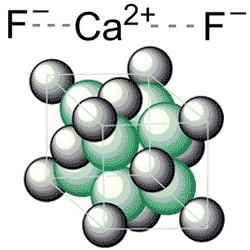
Calcium fluoride is used to manufacture optical components such as windows and lenses, used in thermal imaging systems, spectroscopy, and excimer lasers. It is transparent over a broad range from ultraviolet (UV) to infrared (IR) frequencies. Its low refractive index reduces the need for anti-reflection coatings. Its insolubility in water is convenient as well.
Safety
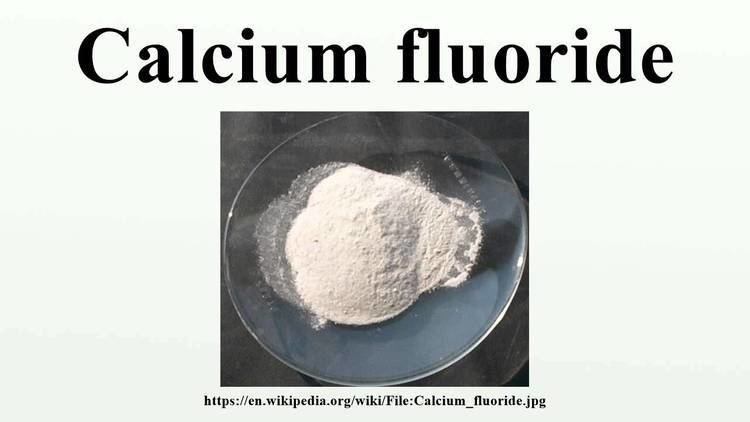
CaF2 is classified "not dangerous", although reacting it with sulfuric acid produces toxic hydrofluoric acid. With regards to inhalation, the NIOSH-recommended concentration of fluorine-containing dusts is 2.5 mg/m3 in air.
